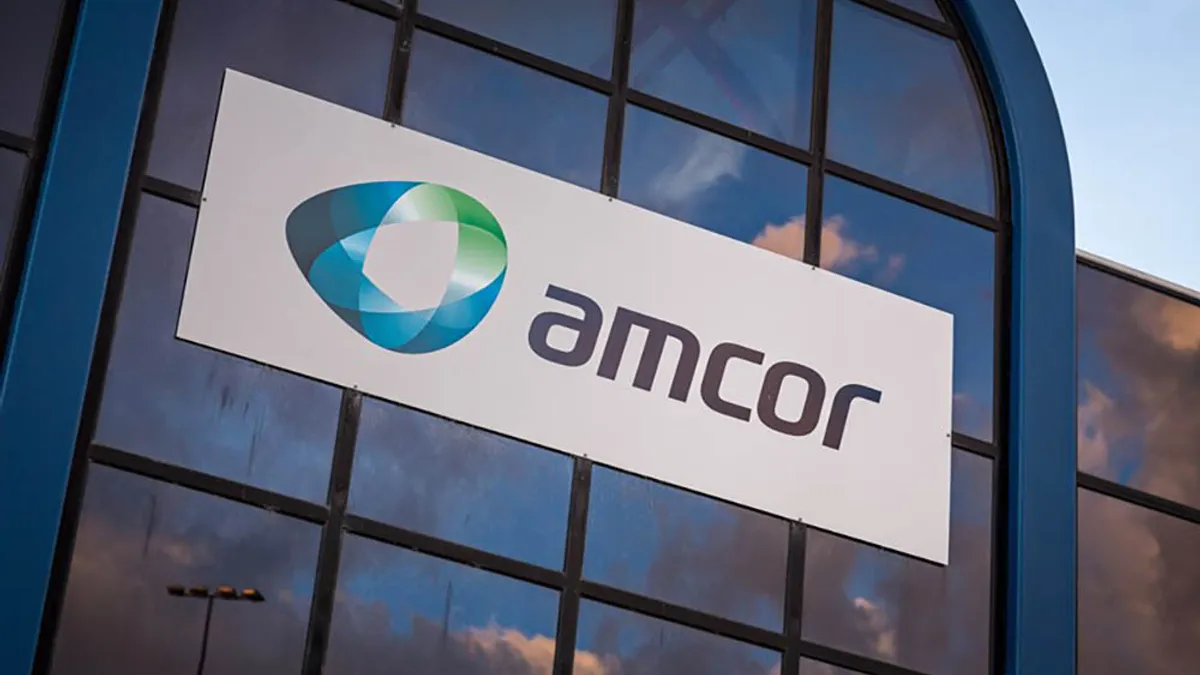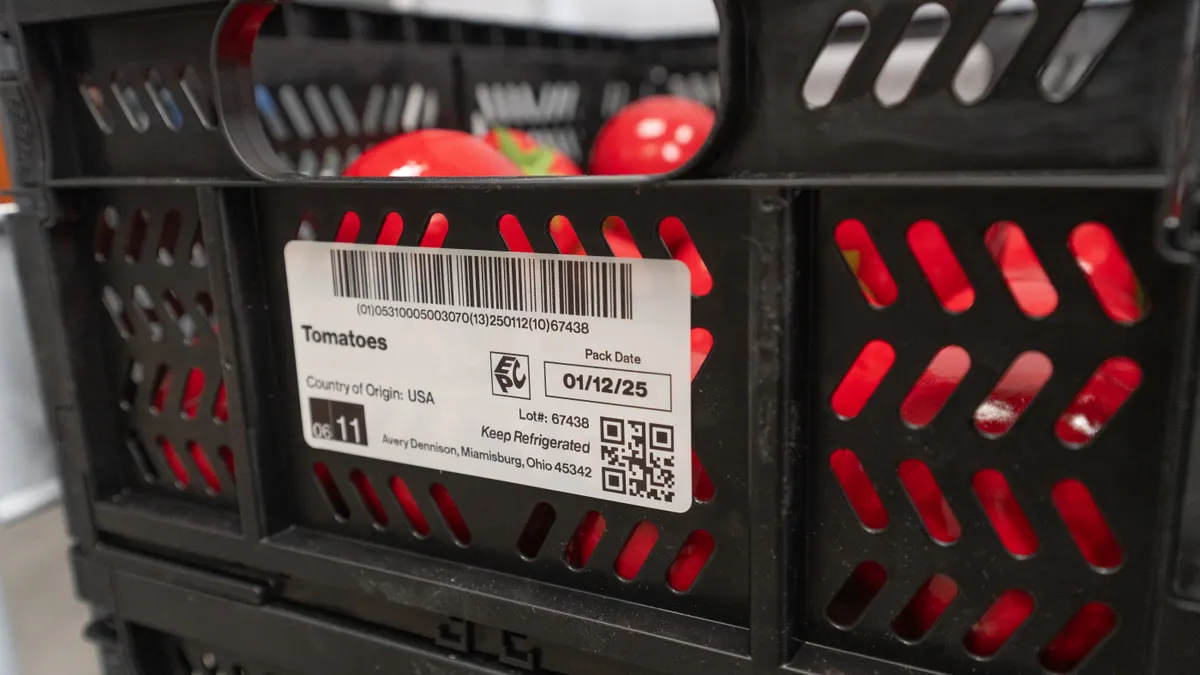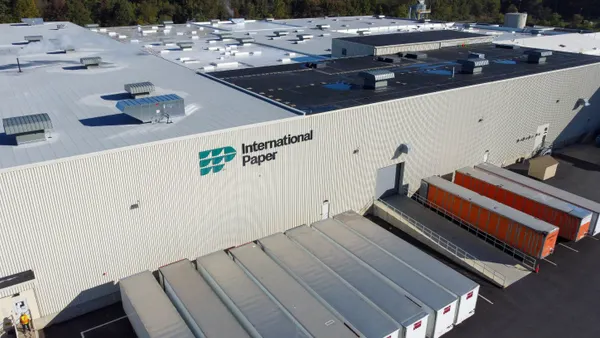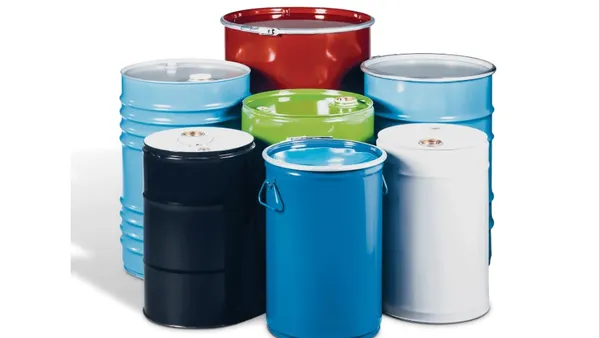- Economic outlook: Amcor executives discussed selling in a volatile market environment during the Australia-based global packaging manufacturer’s earnings call Tuesday. The call covered its fiscal third quarter, which ended March 31. “Amcor's portfolio is well positioned and is primarily exposed to consumer staples and health care end markets,” CEO Ron Delia said in prepared remarks. However, the company is not completely immune to broader market challenges, he added, noting that “market dynamics led to increased volume softness and volatility throughout the quarter, particularly in the month of March, and our updated outlook assumes this continues through the balance of the fiscal 2023 year.”
- Weakened demand: Lower consumer demand, inflation and destocking all continued to have an impact, Delia said, particularly in March. That affected key growth categories like premium coffee and protein. While Amcor had forecasted last quarter that Q3 and Q4 volumes could be in the range of “plus or minus low single digits,” January and February volumes “were tracking at the lower end of those expectations, down between 1% and 2%, then weakened through the month of March to be down on 7%,” Delia reported. Volatility in customer order patterns also increased throughout the quarter, Delia said, particularly in Amcor’s rigid packaging North American beverage business.
- Reducing production: In the fiscal year to date, Amcor has cut almost 1,000 positions, and it expects to eliminate another 200 positions in Q4. The company also increased the number of full or partial plant shutdown days, Delia said, having announced three full plant closures and one partial closure. “And we could add more depending on how the demand environment evolves,” he said. CFO Michael Casamento said Amcor is also prioritizing its own inventory reductions and has upped pricing to offset some of the inflation and raw material cost headwinds.
- Organic growth opportunities: Sustainable and lightweighted packaging continues to be an important pursuit for customers, executives said. For Amcor, priority growth categories continue to be healthcare, protein, hot-fill beverage, premium coffee and pet food. Amcor has also been “quietly active on the acquisition front,” Delia said, with “ample capacity and access to financing” to pursue M&A, in part to complement these growth categories. Recently, Amcor has done several small deals. Delia highlighted a deal signed last week to acquire New Zealand-based manufacturer Moda Systems, which makes high-performance vacuum and packaging equipment for the fresh meat, poultry and dairy markets.
- Looking ahead: Amcor’s Q4 (“the June quarter”) is typically the seasonally strongest quarter in the North American beverage business, Casamento said. But based on current market dynamics, “we expect volume weakness with increased volatility mix challenges and ongoing inflation to persist through the U.S. summer, and we anticipate the need to continue reducing inventories through the June quarter.” For the fiscal year ending June 30, Amcor now expects lower adjusted earnings per share, reported between 72 and 74 cents (down from 77 to 81). Adjusted free cash flow is anticipated to be between $800 million and $900 million (down from $1 billion to $1.1 billion).

Amcor plans further labor cuts as weak demand and destocking persist
Looking ahead, company executives foresee volume weakness during what’s typically the seasonally strongest quarter for the North America beverage business.

Recommended Reading
- How packaging manufacturers fared in Q1 By Packaging Dive Staff • Updated May 10, 2023
- Amcor seeks more partnerships to innovate in coatings, biobased materials, connected packaging By Maria Rachal • April 4, 2023









